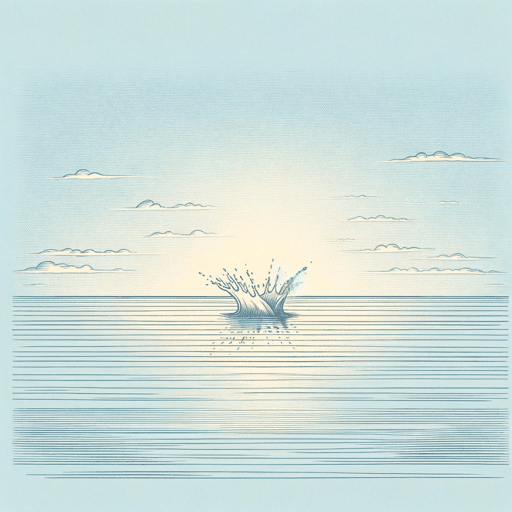16 pages • 32 minutes read
William Carlos WilliamsThe Red Wheelbarrow
Fiction | Poem | Adult | Published in 1923A modern alternative to SparkNotes and CliffsNotes, SuperSummary offers high-quality Study Guides with detailed chapter summaries and analysis of major themes, characters, and more.
Background
Literary Context
Williams’ spare poem brings together two apparently incongruous literary traditions of his time: Romanticism and Imagism. An example of Romanticism is Walt Whitman’s liberating free verse and his perspective of the world as a spiritual plane of expression. Imagism, an early 20th-century movement founded by Williams’ lifelong friend and mentor Ezra Pound, was inspired by innovations in photography. This movement celebrated the direct presentation of images in measured poetic lines free of the self-indulgent verbiage that defined much British and American public poetry at the turn of the century.
Pound expounded at length about the poet’s responsibility to present the image without commentary, imported wisdom, or layers of themes; Williams’ himself famously argued, “No ideas but in things.” Nothing belonged in the poem save the image the poet shared. Given the weight of poetic traditions that long elevated the poet to a central position in the poem, this was a revolutionary concept. The thing, not a symbol but a thing, centers a poem. “The Red Wheelbarrow” then takes Whitman’s delight in the world all around the poet, the sense of how that world was charged with a spiritual intensity that transcended its otherwise pedestrian shapes and colors, but expresses that delight with restraint.
Related Titles
By William Carlos Williams

Approach of Winter
William Carlos Williams

Between Walls
William Carlos Williams

In the American Grain
William Carlos Williams

Landscape with the Fall of Icarus
William Carlos Williams

Paterson
William Carlos Williams

Spring and All
William Carlos Williams

Spring Storm
William Carlos Williams

The Young Housewife
William Carlos Williams

This Is Just to Say
William Carlos Williams

To Elsie
William Carlos Williams

To Waken An Old Lady
William Carlos Williams

